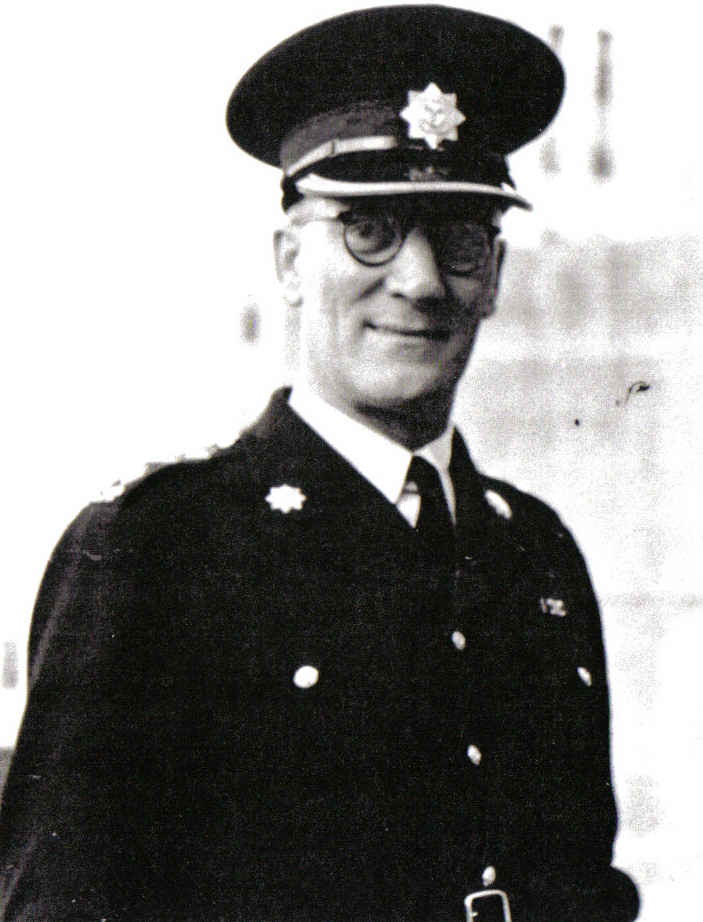The castle doctrine, also known as the "stand your ground" law, is a legal doctrine that allows individuals to use deadly force to defend themselves and their property in certain situations. The name "castle doctrine" comes from the idea that a person's home is their castle, and they have the right to protect it.
The castle doctrine is not a federal law but a state law
that varies from state to state. Some states have comprehensive castle doctrine
laws that allow individuals to use deadly force when they
feel threatened. In contrast, other states have more narrow laws that only allow using deadly force in specific circumstances.
One of the main arguments in favour of the castle doctrine is that
it gives individuals the right to protect themselves and their property from
harm. In situations where an individual feels threatened, the castle doctrine
allows them to use deadly force to defend themselves without fear of
prosecution. This can be especially important for individuals who are at a
disadvantage, such as elderly or disabled individuals who may not be able to
physically defend themselves.
Another argument in favour of the castle doctrine is that it deters
crime. If individuals know that they may face deadly force if they try to break
into someone's home or threaten the homeowner, they may be less likely to
commit such crimes.
However, there are also arguments against the castle doctrine.
Some critics argue that it can lead to vigilante justice and that individuals
may use deadly force unnecessarily or excessively. There have also been cases
where the castle doctrine has been used to justify killing unarmed
individuals, leading to controversy and outrage.
In addition, some states have "duty to retreat" laws,
which require individuals to try to retreat or de-escalate a situation before
using deadly force. These laws can conflict with the castle doctrine, as the
castle doctrine allows individuals to use deadly force in some instances without the requirement to retreat.
The castle doctrine is a controversial legal doctrine with both supporters and critics. While it gives individuals the right to
defend themselves and their property, it can also lead to the use of excessive
or unnecessary force in certain situations. It is essential for individuals to
understand the laws in their state regarding the castle doctrine and to use
caution and good judgment when deciding to use deadly force to defend
themselves.




























